Probably the most beautiful and decorative of all shrubs is Spiray. It blooms abundantly, while making a strong honey aroma, it has elegantly curved long thin branches, which are practically not visible under the bunches of colors. Spiraea name (Spiaea) originated from the Greek word Speira, which means bending. The folk name of the shrub is Tollga.
Spiray Wangutta, description
There are about 90 varieties of spiries. They are unpretentious, bloom abundantly and for a long time. The shrub height is about two meters and has the most diverse form: a mold, pyramidal, whipped, semi-odd, cascading, represented. Spirea usually two color of flowering. One group blooms in spring on the shoots of last year and, as a rule, has white flowers. The second group blooms in the summer on new shoots, the flowers have brightly painted. Leaves of the plant gear, the top is dark green, the bottom is peeped.
Autumn spirea is no less decorative than in the summer. After the green, it becomes orange, purple-red or yellow, and decorative fruits appear on its branches. This bright and spectacular shrub can be planted in the form of a living hedge, as a solo-standing bush or use for the creation of flower compositions. Throughout the summer season, he will delight the eye with his beauty.
Spiray Wangutta, landing
Spereray landing time depends on its flowering time. The varieties that bloom in the spring is best to plant in the fall, after the leaves fall completely. Flowering summer or autumn varieties need to be planted in spring. For Wangutta Spiray, planting in the spring should be made to the dissolution of the leaves. The branches of seedlings need to shorten with the help of a secret for about one third. Long roots also need to shorten and cut the damaged or fed root with a smooth slice.
A pit for landing You need to dig a spacious so that the root system will be easily located in it and did not rest in the edge and bottom. On the bottom of the landing pit it is necessary to pour in equal proportions of the turf, sand and peat. Mix well, put a sapling so that its root neck is slightly lower than the soil level. After pumping, the earth will affect, and the root neck will be at the level of the soil. Make a slight recess for watering and plenty of spire.
Sports shrub is best on the sunny side of the plots, but the half-day fit. If Spirea is not enough, it will not be too abundant to bloom. To create a living hedge, the distance between the bushes in the rows should be approximately half the meter, and between the rows of 30-40 cm. If you plant a spiray in the group, then there should be a distance of 0.5-0.7 meters between the seedlings.
Spiray Wangutta, Pruning
A few years after landing, the spirieus must begin to trim in order to rejuvenate the bushes and give them the necessary form. It is necessary to perform trimming when the branches will appear, their partial drying and spirire flowers will become smaller. This procedure should be done depending on the length of flowering bush. Trimming branches can be performed on the stump, and you can only cut dry, damaged or old branches. In any case, the view of the blooming spirea will be much more attractive, and the inflorescences will be larger and brighter.
Spiraei Vangutta reproduction
There are several ways to reproduce Spiraia - the division of the bush, stalling, giving and seeds.
- Reproduction with tanks.
This is the easiest way at which the spring of the lower semi-impellent branch of the bush must be burned to the ground, put it in a pre-dug-out deepening and fall asleep the earth. From above, you can put a small stone or fix with a stiletto from the wire. For the winter it is necessary to hide the escape with dry leaves. In the spring, the rooting escape can be transplanted for a permanent place.
- Reproduction of the division of the bush.
This method is described above in the section "Landing Spiray".
- Reproduction with cuttings.
In the first half of June (wound-filling varieties) or in July (late-decreasing varieties), cuttings are harvested and rooted them in the substrate from river sand and peat in proportion 1: 1. To obtain good cuttings, frequent (several times a day) watering is needed. At the permanent place, the cuttings are planted in spring.
- Reproduction seeds.
Seeds can multiply all sorts of spiries. The seeds formed by the bush need to be seized in the spring in the boxes filled with a well-moistened mixture of peat and leaf land. After about 10 days, friendly shoots will appear. The seedlings should be chipped only in 2-3 months. To do this, seedlings need to be removed from the ground, slightly shorten the roots and transplant to the bed. Behind the seedlings need standard care - watering, loosening, mulching.
Spirea Wangutta, Care
Spirea Wangutta is rather unpretentious, so does not require much care. The composition of the soil for its growing can be any. It does not require frequent transplant, stealing the frosty winter and arid hot summer, but the seedlings planted in the fall are better to hide. If the soil on the site is poor, then the early spring you need to make a fantastic of bushes. With fertile soil you can do without feeding. Watering to produce as needed.
Protection against pests
The main pests of Wangutta Spiray are the TLL, a multicolored miner and a rosal leaflet. But the largest risk for Spiray is a web tick. In May, female ticks settle on the bottom side of the sheet and weave their web there. In the season there are about ten generations of ticks, which are striking the leaves of the bush. They begin to shut early early, dry and fall. To destroy spirire pests, various methods of struggle can be used: chemical, biological and agrotechnical. If you carefully care for the bushes, produce timely watering, feeding, spray in dry hot weather, then these actions will give a positive result.
Wangutta Spirae is perfectly combined with other plants on the plot and easily fit into any garden composition. Shrub blooms at different times, so if you skillfully pick up the types of spiries, you can create a continuous flowering garden, where Wangutta White Spiray will be replaced with pink, and then raspberry. And various corners of the garden will endure their visitors with the beauty of flowering spirits.

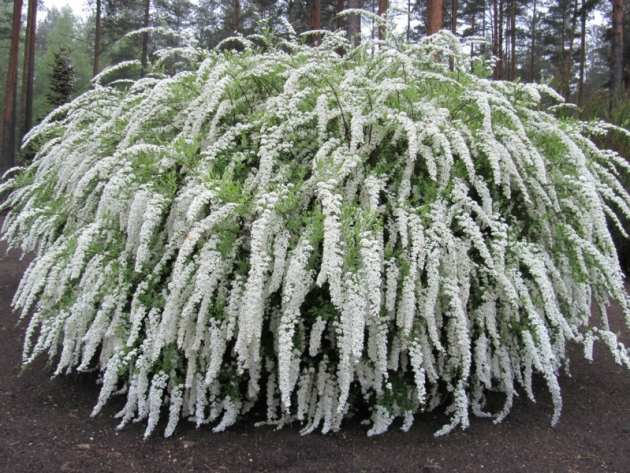
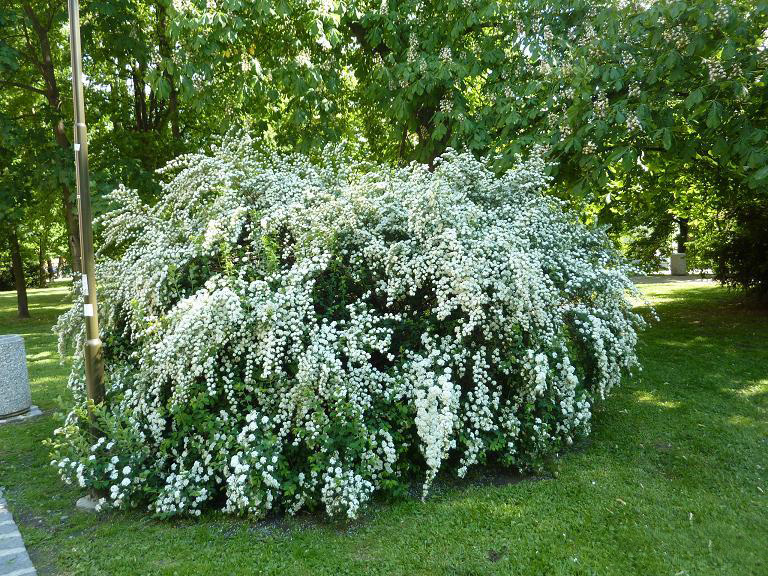
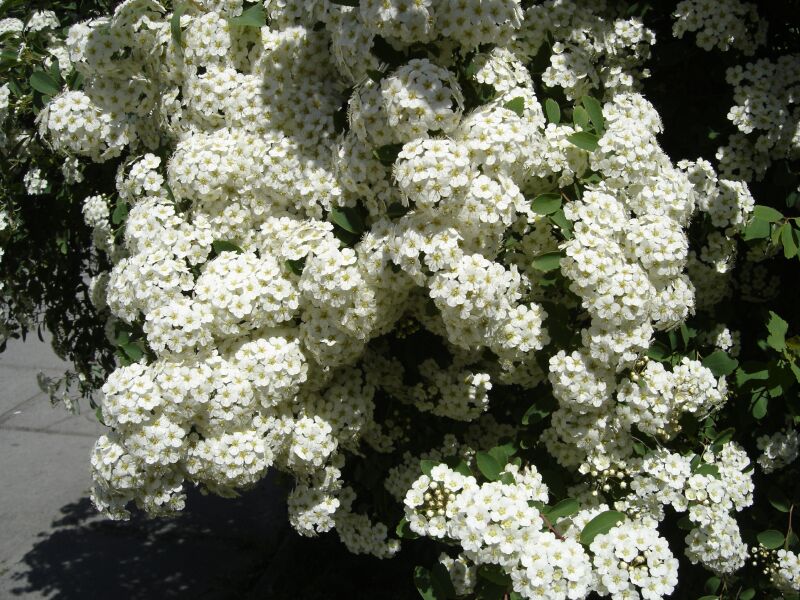
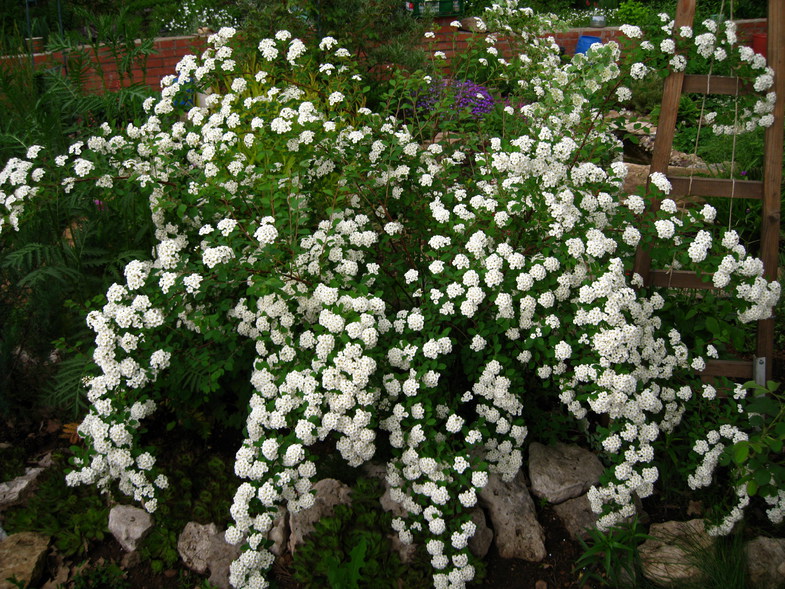
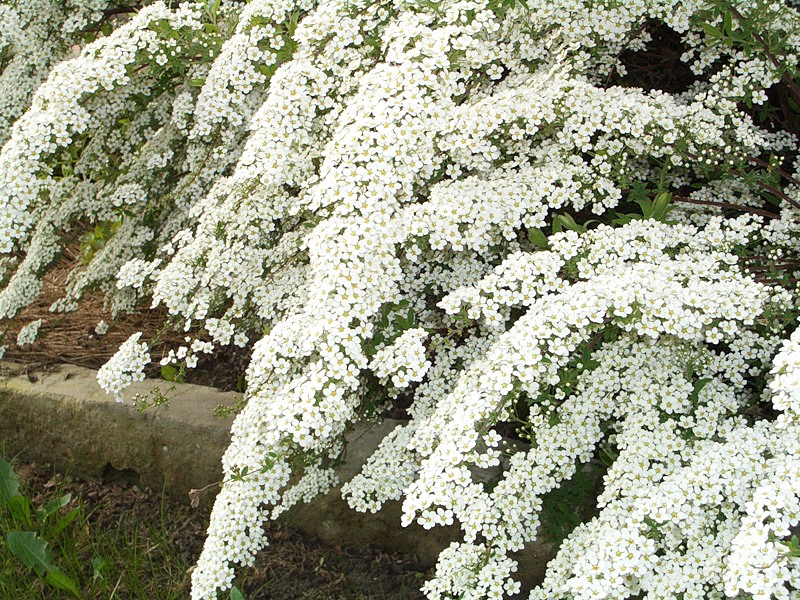
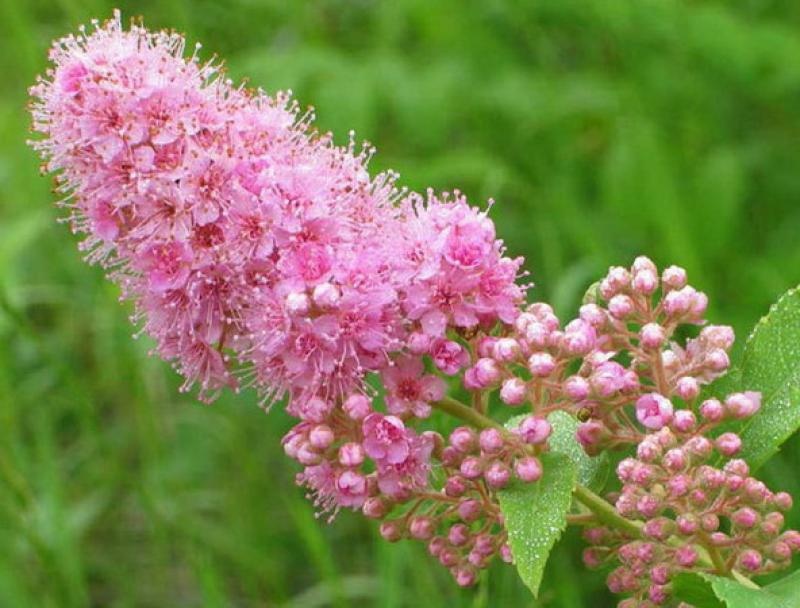
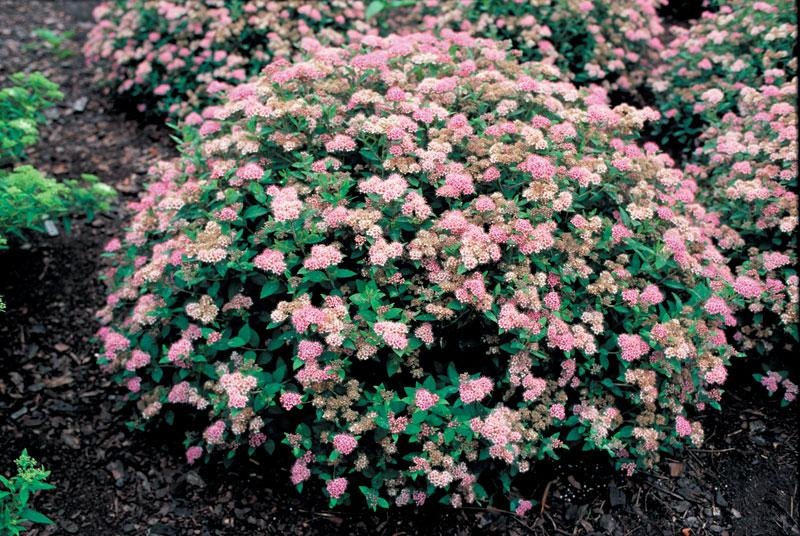
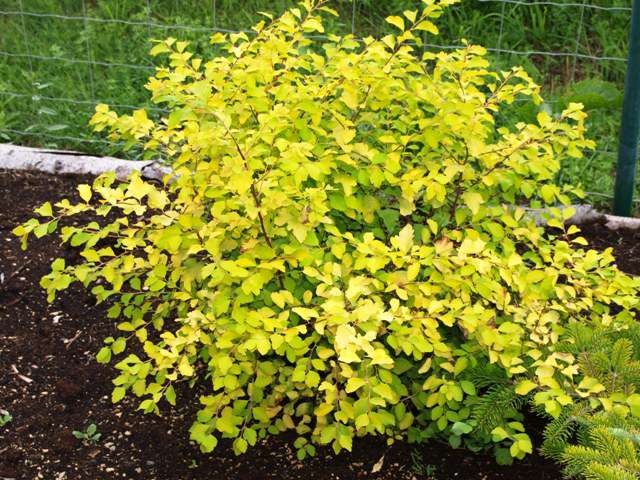
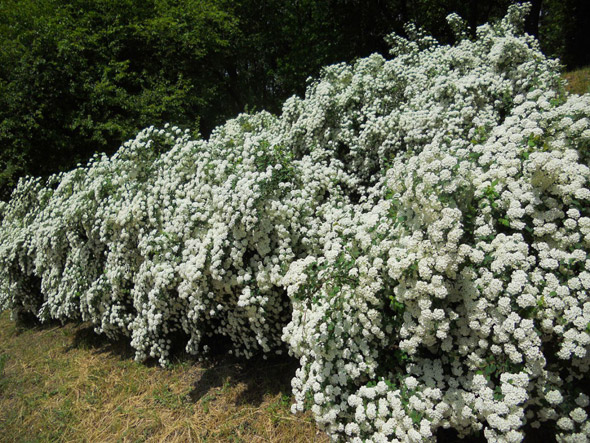

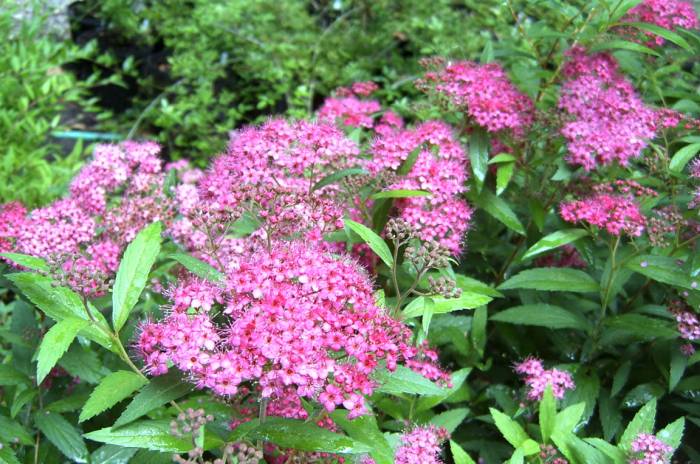
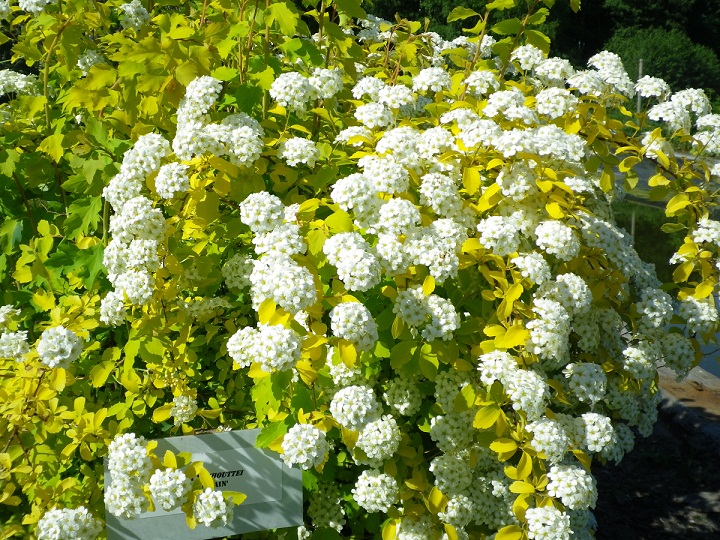
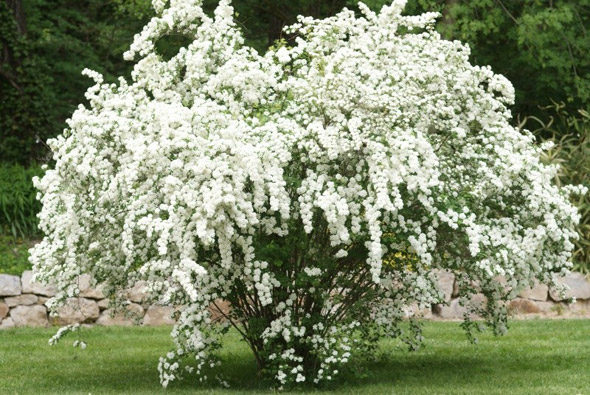
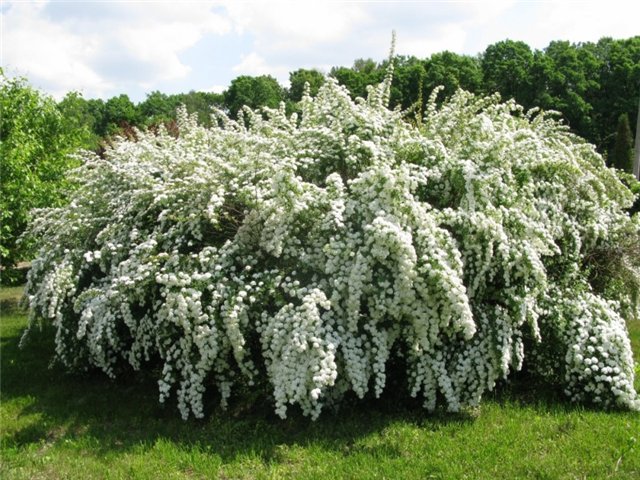












 Start a discussion ...
Start a discussion ...